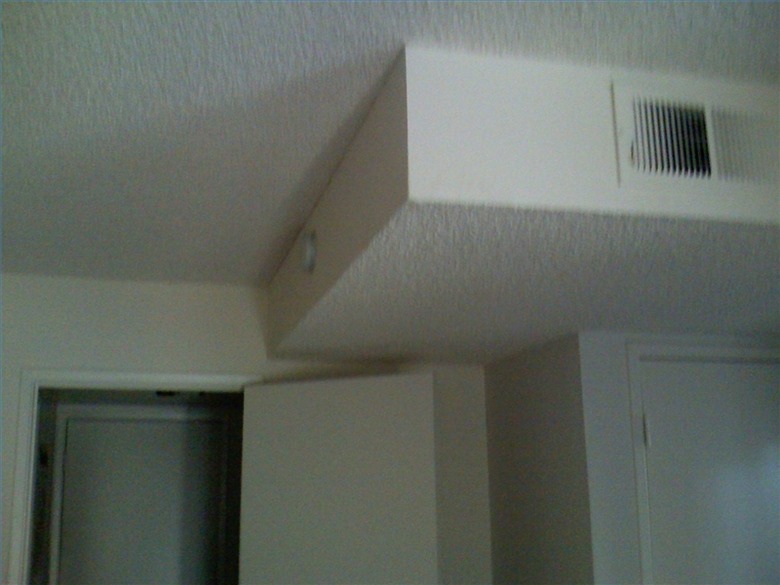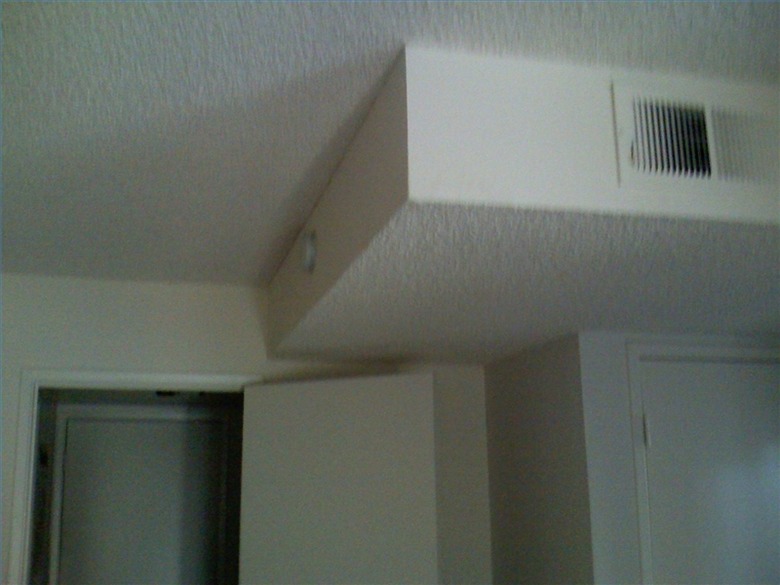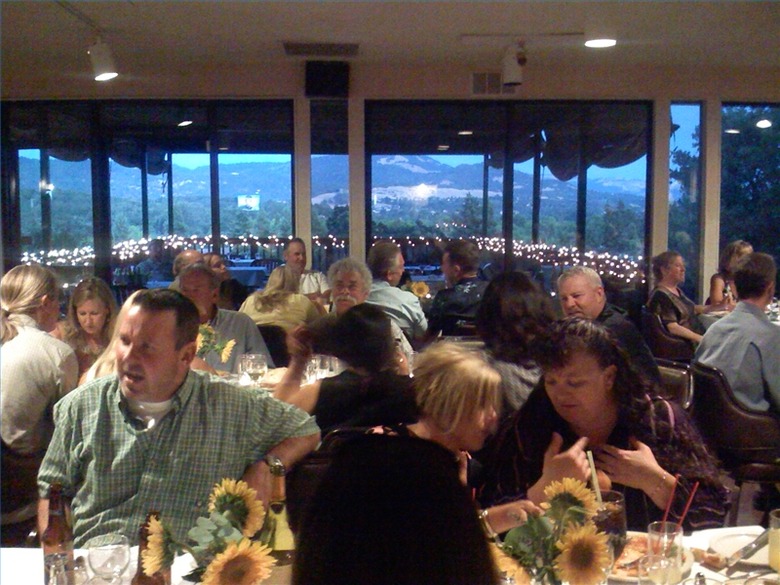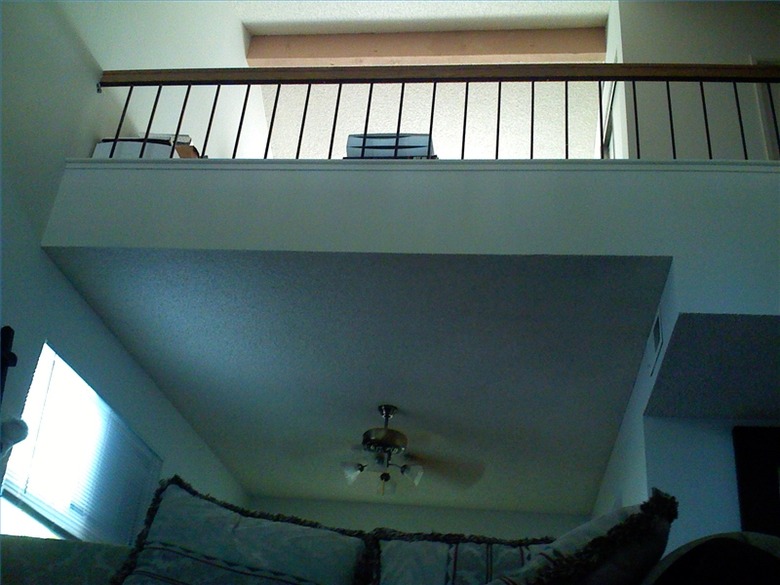How Does The Shape Of A Room Affect Reverberation Time?
Measuring Time, Space and Vibrations
Measuring Time, Space and Vibrations
Reverberation time is the length of an echo you hear in a room. In the study of acoustics, when the room has no echo it is called a "dead room" whereas if a room produces an audible echo it is called a "live room." As sound vibrations trail off you hear a "decay." In a more strict definition, reverberation time measures the length of time for sound to decay. When sound bounces off a surface it produces reflections which are absorbed or bounced to other surfaces depending on the surface composition. Reverberation time is expressed as RT60, which equals the number of seconds needed for reflections to decay by 60 decibels below the direct sound level. Rooms where speech is intended require low reverberation time (less than 1.5 seconds) whereas bigger halls for music performance usually sound best with longer reverberation time (2.0 or more seconds).
Walls and Dimensions
Walls and Dimensions
Room dimensions and shape are major factors in determining room reverberation time, which can be measured in all architectural structures. Many of the factors affecting sound quality involve how sound waves bounce around the room. The more walls, the greater chance of longer reverberation. Classrooms are set up to meet ANSI standards so that room acoustics allow for speech to be heard as clearly as possible, since reverb can become noise competing with its own source, yet reverb can also enhance the beauty of music in larger rooms. Ceiling height, room width, and the number of walls all contribute to determining reverberation time. Usually the larger the room, the longer the reverb time.
Objects that Absorb Sound
Objects that Absorb Sound
Materials that make up the room's construction also affect reverberation time. Hardwood floors produce a longer reverberation time than carpets, which is why many classrooms have carpets and many concert halls have hardwood floors. Reverb time is very closely related to the time it takes objects to absorb sound. A room full of absorptive surfaces keeps sound from reflecting, producing a more dead room sound. Larger rooms require more materials that absorb to get the effect of a smaller room sound. Yes, you can alter the sound of any room by the type of objects you put in it. Everything from curtains to chairs to pillows in some way affects the sound of the room.
References
Cite This Article
MLA
Cosper, Alex. "How Does The Shape Of A Room Affect Reverberation Time?" sciencing.com, https://www.sciencing.com/how-does-5200731-shape-room-affect-reverberation-time-/. 9 January 2018.
APA
Cosper, Alex. (2018, January 9). How Does The Shape Of A Room Affect Reverberation Time?. sciencing.com. Retrieved from https://www.sciencing.com/how-does-5200731-shape-room-affect-reverberation-time-/
Chicago
Cosper, Alex. How Does The Shape Of A Room Affect Reverberation Time? last modified March 24, 2022. https://www.sciencing.com/how-does-5200731-shape-room-affect-reverberation-time-/



